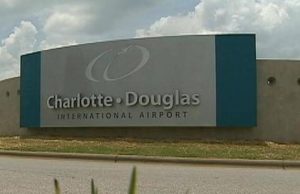How Many Airports are There in North Carolina?
While the total number of airports in North Carolina is 275, only 10 of them provide the scheduled flight service. Four airports are considered major and have international status (currently, only CLT operates foreign flights). The list of the major commercial airports in North Carolina is as follows:






